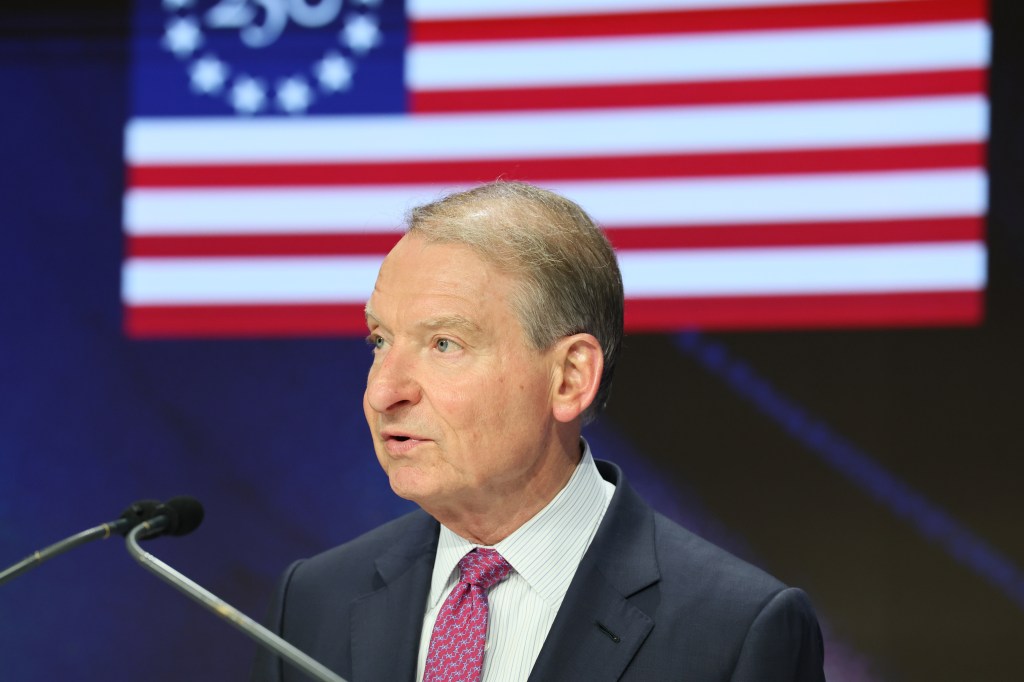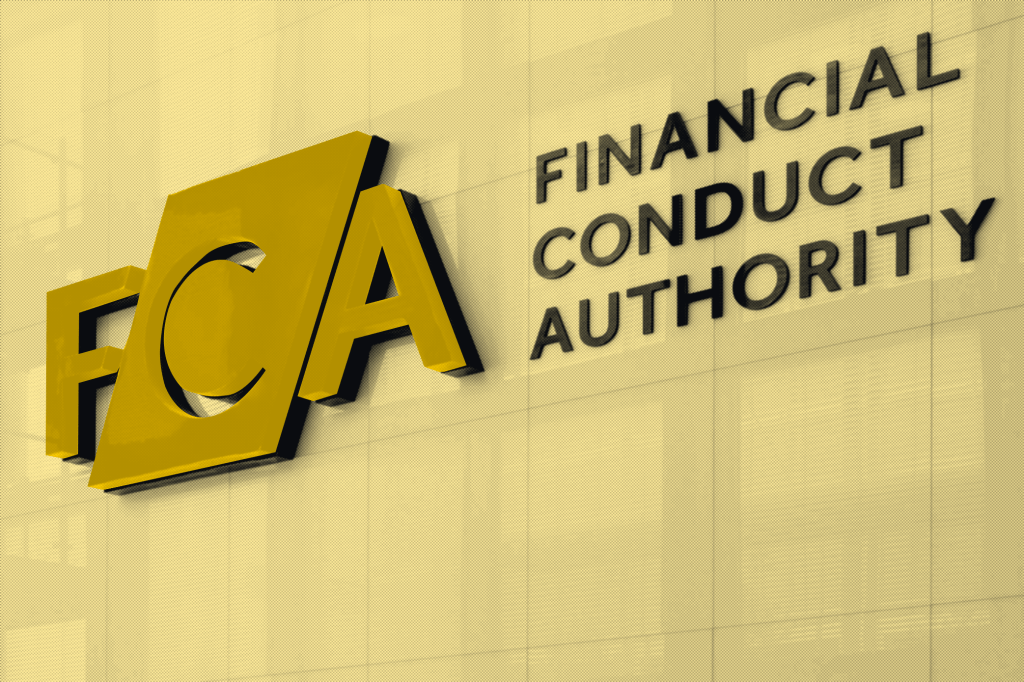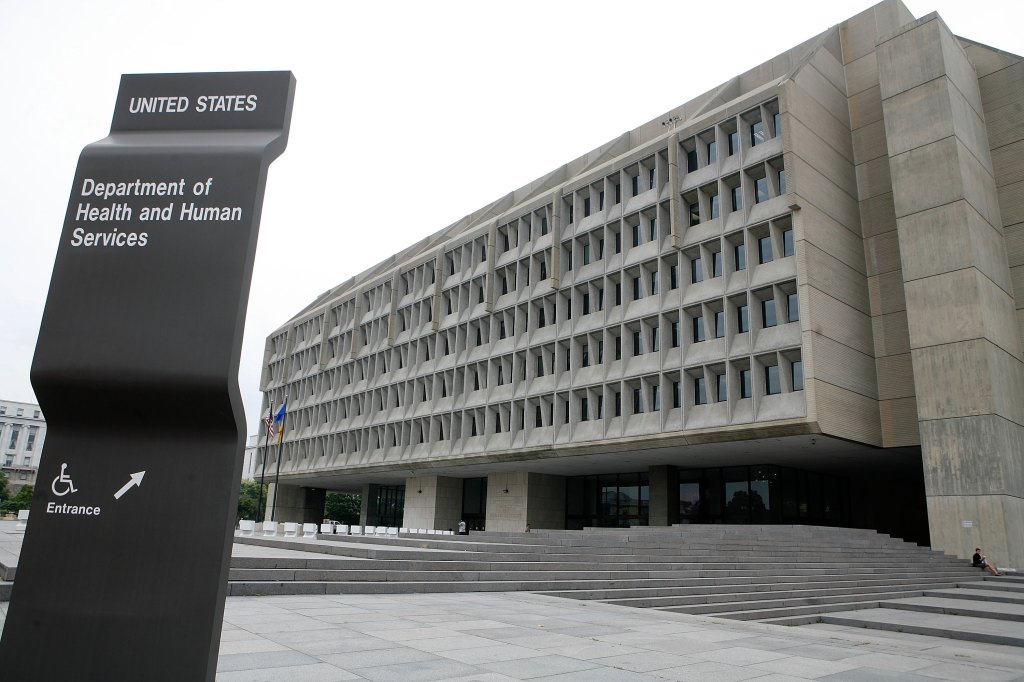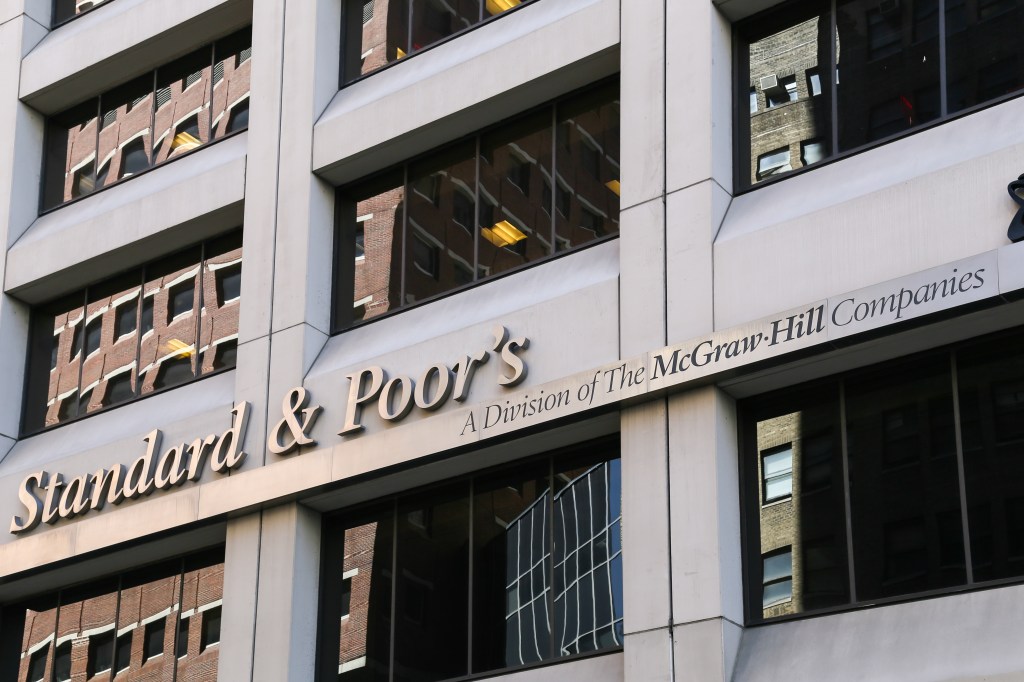As with many compliance issues this one started with a series of errors.
In 2017 a client asked S&P Global Ratings (S&P) to rate a residential mortgage-backed security transaction. S&P’s analytical employees responsible for evaluating and assigning ratings provided feedback to the issuer, assigning “AAA” ratings to super senior tranches
Register for free to keep reading.
To continue reading this article and unlock full access to GRIP, register now. You’ll enjoy free access to all content until our subscription service launches in early 2026.
- Unlimited access to industry insights
- Stay on top of key rules and regulatory changes with our Rules Navigator
- Ad-free experience with no distractions
- Regular podcasts from trusted external experts
- Fresh compliance and regulatory content every day

















